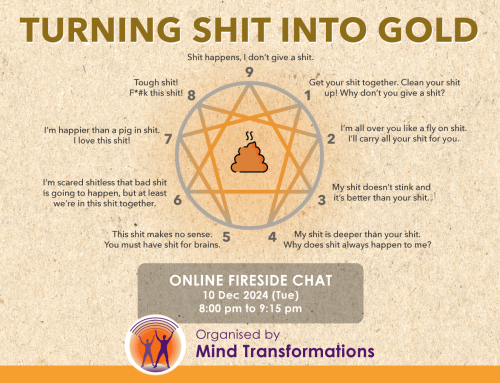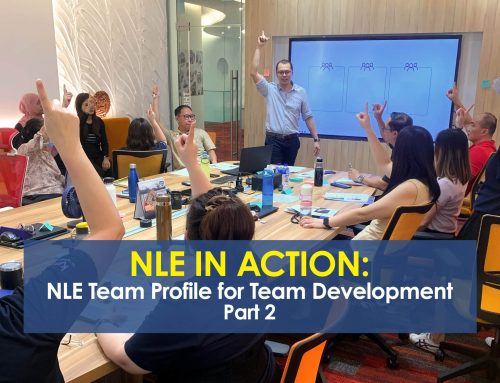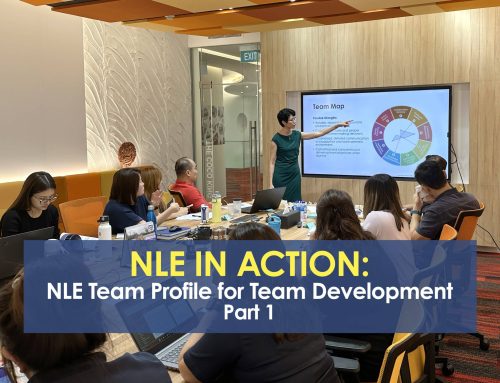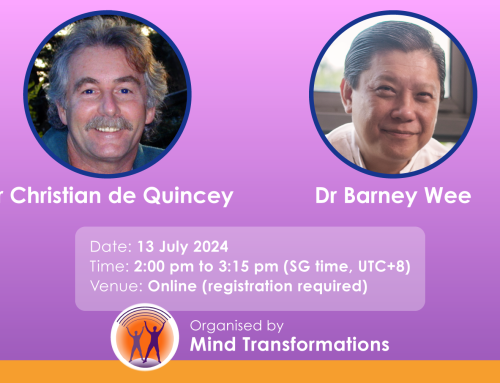“What doesn’t kill you will only make you stronger.”
What comes to mind is the metaphor of the mythical hydra. Whenever you cut off one of its heads, two heads emerge.

In turbulent times, it isn’t enough to just bounce back to our original state. The reason being, we will be outgrown by the explosive developments of the world. Being anti-fragile is key. A principle by Nassim Nicholas Taleb, becoming anti-fragile is to come back stronger whenever one meets adversity.
Over the years, I was humbled by how remarkable our human potential can lead us to. As I practice Neuro-Linguistic Programming, transformational coaching tools for personal growth and modelling the excellence of extraordinary leaders, I realise some common truths.
The psychology behind anti-fragility
The biggest setback that woke me up taught me this powerful wisdom: crisis, challenges or difficulties already give us the most conducive conditions for transformation.
A lot of times, we are stuck at our own setbacks because we take them personally. Then, we start to give ourselves blame and excuses. For some people, they continue to dwell in a victim’s mentality or wallow in a vicious cycle of cynicism.
Another biggest myth a lot of us face is this: we disillusioned ourselves by seeing our own busyness as being productive and purposeful.
In this COVID-19 situation, most of us are proven wrong. Our usual busy routine gets disrupted. Some people lose their jobs. Suddenly, we get thrown off in many ways. Then we start to question what are we busy with and for what in the first place?
As I learned, the first step towards becoming anti-fragile is to be honest with ourselves. To admit my flaws, at the same time, knowing that I’m good enough helps me stay sane.
It begins by being specific in what I need to improve while knowing that I’m good enough as a person. Only then, you can allow yourself to grow and change from useful feedback while not destroying your confidence about yourself.
Below are 5 powerful coaching tools (Leverage — Focus — Momentum — Progress — Integration) that I adopt. The design behind these coaching practices is to help ‘recode’ your perception of difficulties. More importantly, it helps to expand your capacity to handle challenges and hone your mastery in any domains in life.
Leverage: Shift from a consumer to a producer
This isn’t so much about consumerism but more of a passive mindset and attitude of life.
A consumer simply settle with his or her comfort zone of consuming whatever that is out there — content, entertainment and media. Whereas a producer is aimed at creating maximum value for themselves & others.
You can do so by riding the waves of your existing habits.
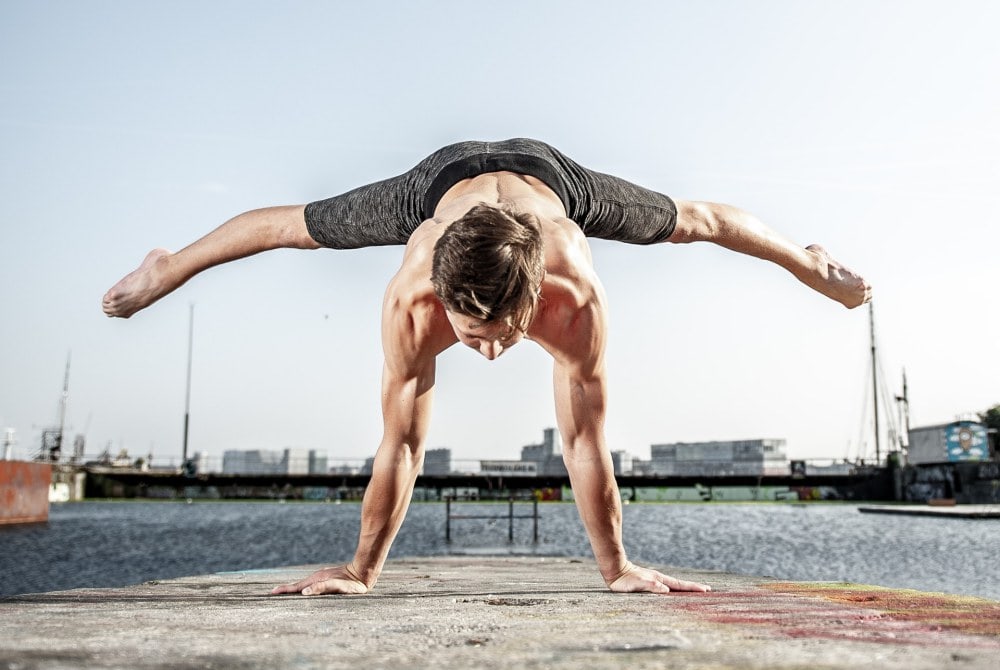
The whole idea is to leverage on the momentum and energy of your existing daily habits, such as going for bath, brushing your teeth, getting your coffee or getting your breakfast/lunch/dinner, where you do not have to think twice about doing it.
You are focused on habit replacement rather than elimination. Which means, you are introducing something new into your routine instead of fighting yourself to get rid of something.
There are three vital ingredients for this to work well.
a) Intention — What is your intention and purpose of introducing a particular new habit?
What is a new habit that would help or support you in being a producer?
It has to be relevant and specific to your outcome.
For example, if you plan to write a book this year, then perhaps, a habit that will support you in manifesting that is to write or record a segment of a chapter each day.
So in this case, be clear of your purpose and intentions for wanting to publish this book. What is this for? For whom?
b) Impact — What is the impact for having this habit of creation?
Look beyond just the completion of the task to a longer term impact.
For the case of publishing a book, it is essential to frame your psyche in this manner — you are not just publishing a book, you are raising your expertise, influence and credibility to make a difference to a particular group of people you intend to serve.
Connect to how that is worthwhile for you.
c) Process — How to leverage on existing habits?
There is a process of setting this up so that it rides on the momentum of your existing rituals.
First, identify the object that is part of the new routine, to act as your trigger/anchor for that critical moment.
Imagine you want to implement a new habit of practicing Yoga every morning before breakfast. The Yoga Mat or workout attire will be a possible object of trigger to activate your mind and body into starting your day with Yoga practice.
Or if you want to go for a jog every morning, the running shoes will be the trigger.
If you are writing a book, your notepad or recorder would be the most relevant item as your trigger.
The night before you go to bed, spend a couple of minutes visualizing yourself doing the activity, connecting to your intention and seeing the impact that is happening as a result of doing this consistently.
Do this short visualization in the presence of the relevant object of trigger where appropriate. At the peak of your experience while visualizing it, look at that object for a while because it all begins with it.
Then place that object (this is crucial) in a highly visible location that is along your path to one of your existing morning ritual such as on your way to brush your teeth or to wash yourself up.
The next day, on your way to your usual morning routine, perform that new activity.
Keep the activity to something worthwhile that can be carried out within 15 minutes or less.
Try this for the next 10 days at least.
You can use this method to ride on any existing habits to kickstart a new habit. It is about stacking your efforts with ease.
Timing your new habits is key. Choose the period of the day when you are most productive so that you don’t have to work against yourself.
And when you do it consistently, soon enough, you’ll find that new habit kicks in and becomes part of you, subtly.
Focus: Less is more
Recently, I have been making changes to declutter the unnecessary stuff in my life, especially my digital files — videos, photos, documents, ebooks, etc.
As I looked back at all those stuff, contracts and even people I’ve collected over the years, I discovered how much dead weight I’ve been accumulating.
For many of us, we seldom review these dead weight sitting around in our lives because they have become part of us. It becomes a comfort zone. So we keep thinking that one day we might it.
In reality, that one day never arrives.
Which means, it is collecting dust, taking up space and most likely adding unnecessary burden in our lives by occupying our limited attention and energetic bandwidth.
So start reviewing and clearing those ‘dead weights’ lying around not only in your home and workspace, but also in your mental, emotional and energetic space.
Momentum: Power of micro-commitment
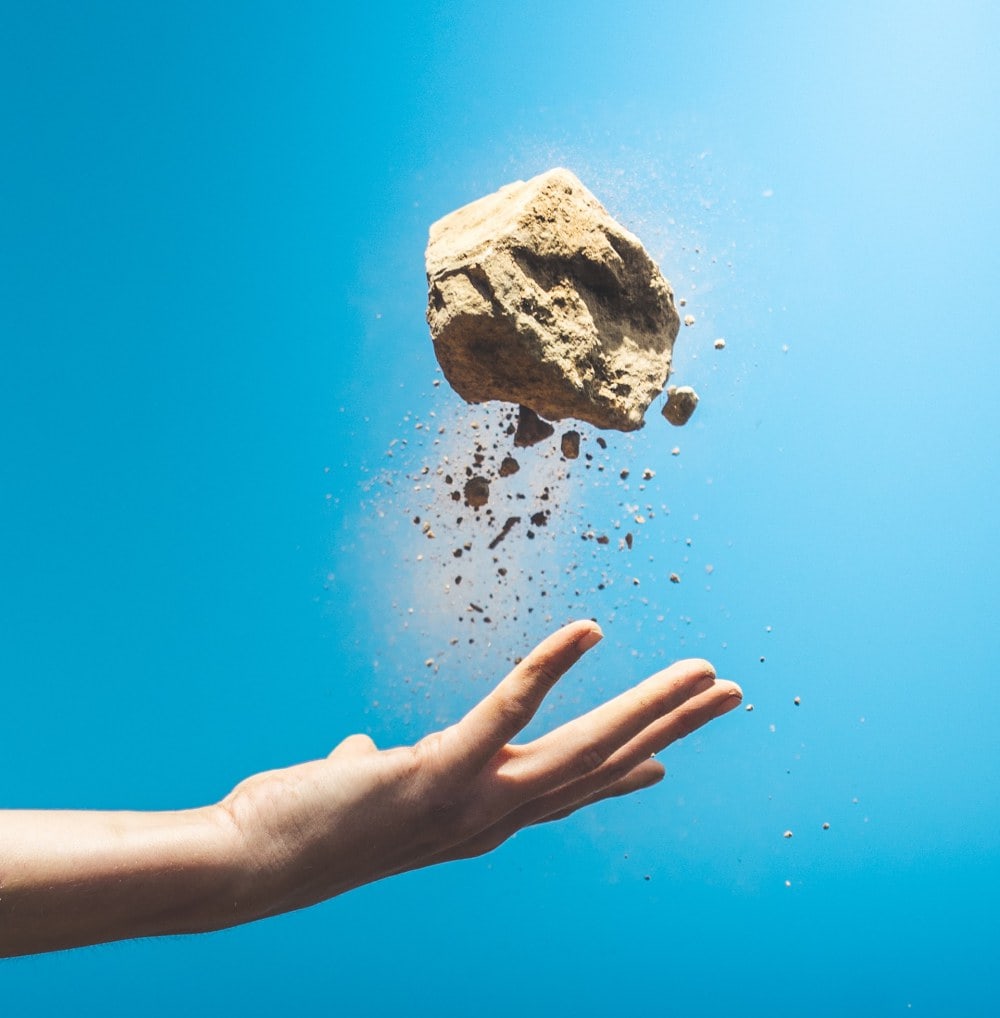
Once you are on LESS is more, next is to create micro-commitments to build momentum.
Most training programs, seminars and books don’t have a lasting impact. They usually get us excited for a limited period. After some time, the inspirational and motivation starts to wane.
The reason is, they focus on provoking revolution and big change than to nurture an evolution. Our modern culture is obsessed with the “revolution mode.” The result? People drift into an overwhelm.
To develop mastery in anything that brings success and sustainable results, it is a marathon rather than a 100-metres sprint. World-class performance comes by daily and continuous micro improvements. Mt Everest climbers don’t jump up to summit. They scale the heights bit by bit.
Break down your outcomes and projects into daily efforts. Focus on building small wins. At the end of each day, affirm yourself for the milestones you’ve accomplish, no matter how small they seem to be. The key is consistency.
Progress: Measuring your progress
How are you measuring your progress?
Without defining your metrics of progress, it can be self-defeating in the areas you want to transform and grow.
Depending on what you are mastering, each domain or outcome requires a unique set of attributes.
If you haven’t really define what metrics you are measuring your progress with, here are three dimensions you can use as a reference.
- Flow and ease: From a scale of 1 to 10, 1 being of greatest ease and flow, 10 being most difficult and tedious, what is your degree of ease and flow? How agile are you?
- Quality and depth: With regards to your level of mastery, where are you at? Are you still skimming the surface to explore your options or are you developing a certain degree of quality and depth? How much do you know your stuff?
- Adaptability and robustness: In terms of your capabilities, how much can you adapt your abilities to cater to various contexts or situation? How much do you know your stuff to bend the rules, if needed? How much complexities can your area of expertise handle?
Integration: Soft is hard
Anyone can act tough. In today’s society, we pride ourselves for being strong, courageous and ambitious.
What is more powerful is being soft. To be human. To be vulnerable. That’s why only a few do it. The soft stuff is actually hard stuff when it comes to effecting personal transformation and professional breakthrough in tough times.
Be sensitive to your own unique pace.
Be mindful of what’s going on in you and around you. Take regular breaks or recovery in between sessions of practice.
While dedicating yourself to creating personal breakthroughs, moderation is important as well.
Engage yourself with different activities or disciplines. Create diversity and engage in variety.
This helps you manage your stress and not overload your senses.
It also gives you time for integration between your mind and body.
Allow yourself times for silence, solitude and peace. Use those moments to renew. To observe. To introspect.
Most importantly, you can continue to grow without breaking yourself.


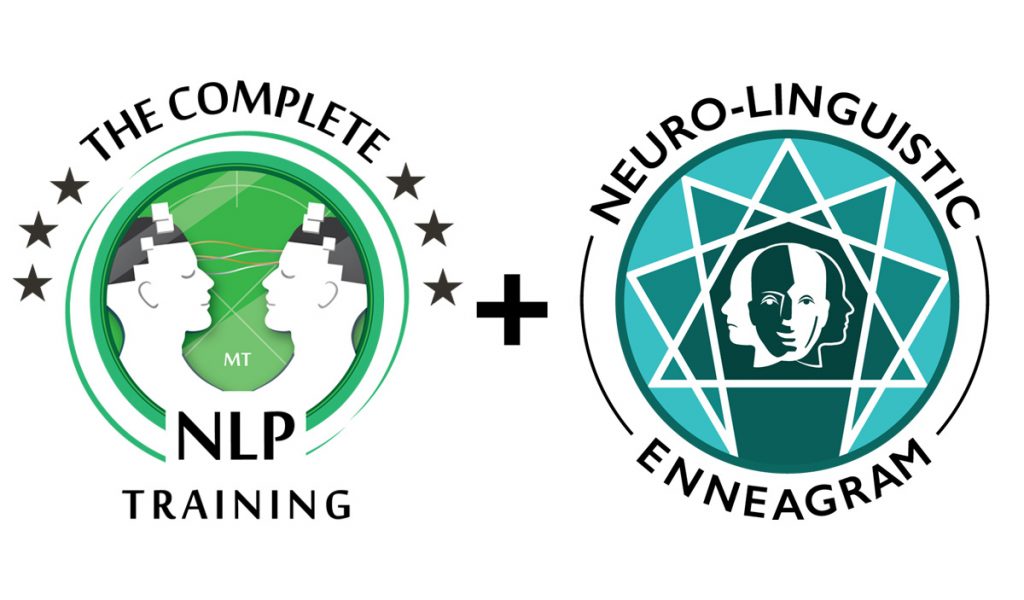 Build finesse in effecting personal transformation as a leader. Find out how multi-dimensional NLP coaching can help. You are encouraged to talk to us today to define a future-fitting strategy for your team, business or organisation and in your career.
Build finesse in effecting personal transformation as a leader. Find out how multi-dimensional NLP coaching can help. You are encouraged to talk to us today to define a future-fitting strategy for your team, business or organisation and in your career.
